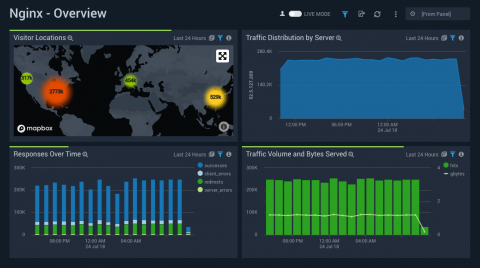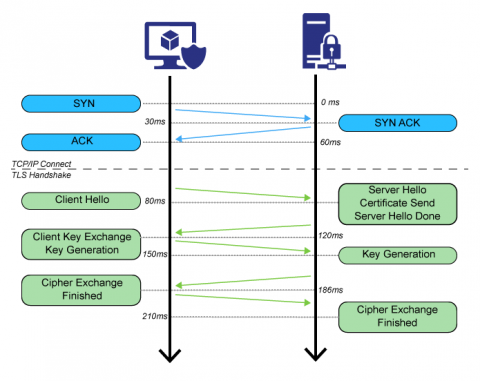AWS Step Functions - A User's Guide
Many articles have been written about AWS Step Functions since it was first introduced in 2016. Most of them create the impression that the service is simply an extension of the Lambda function that allows us to stitch together multiple Lambda functions to call each other. But actually, it is much more than that. Step Functions allows us to design and build the flow of execution of modules in our application in a simplified manner.











